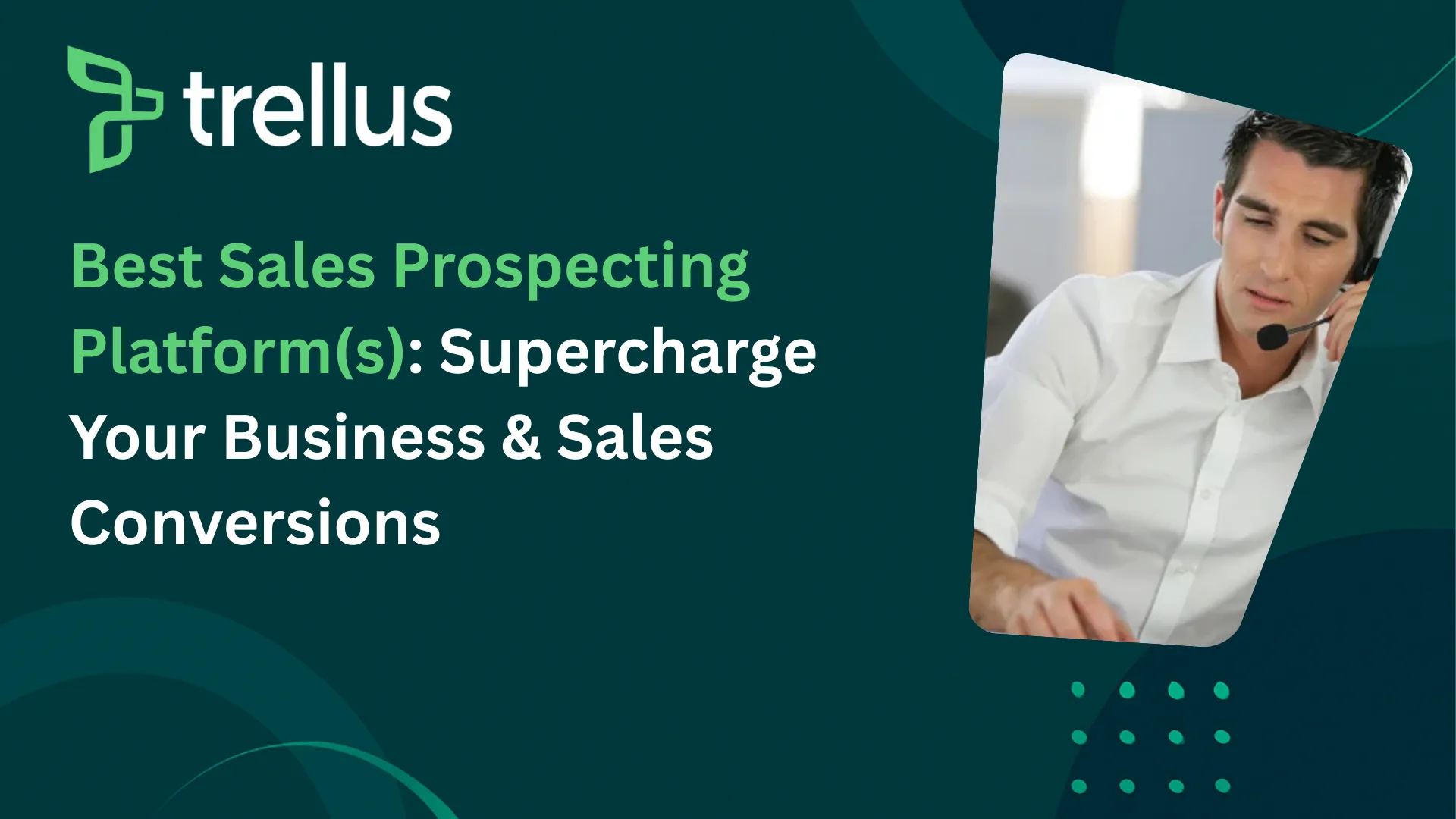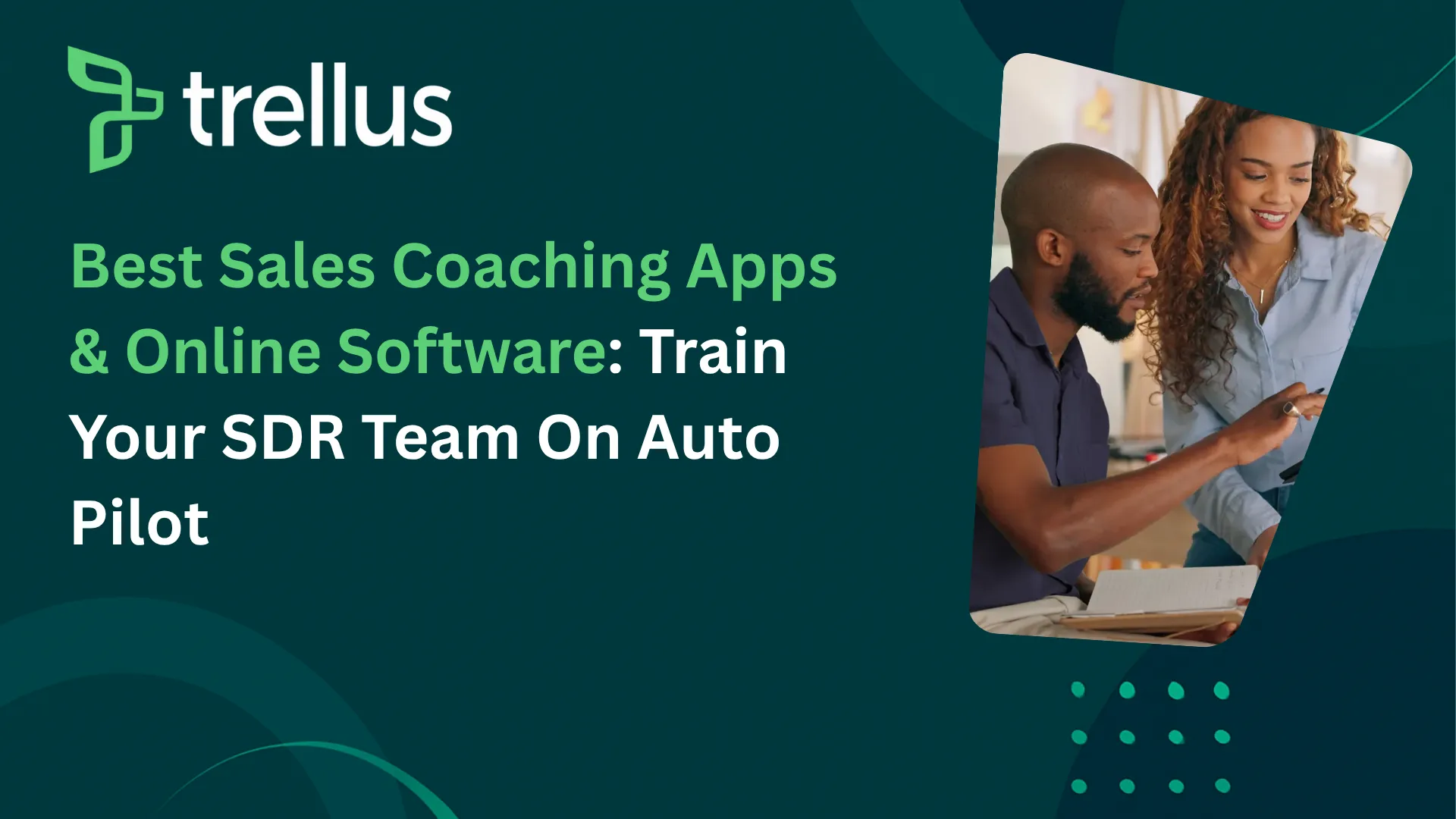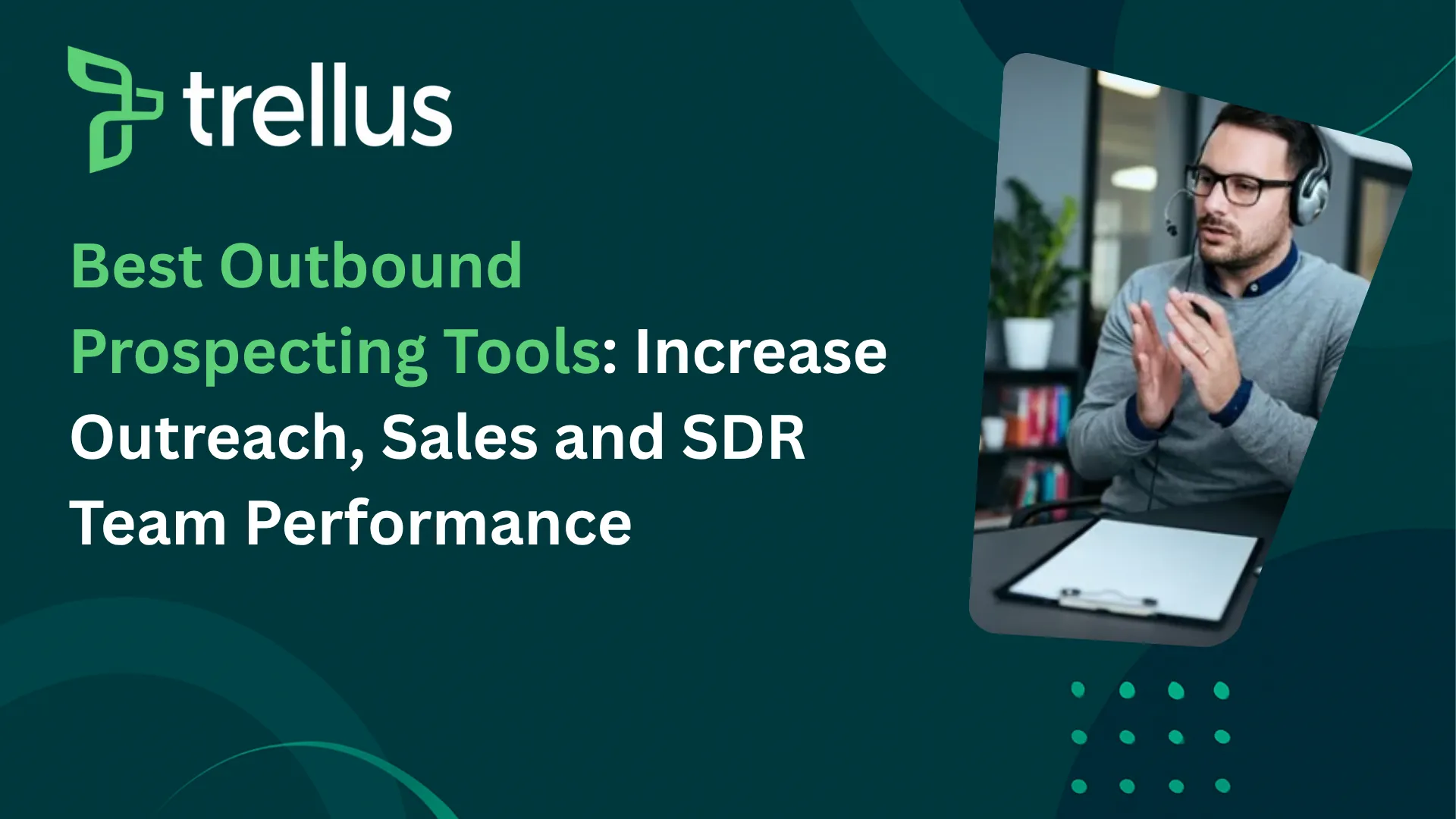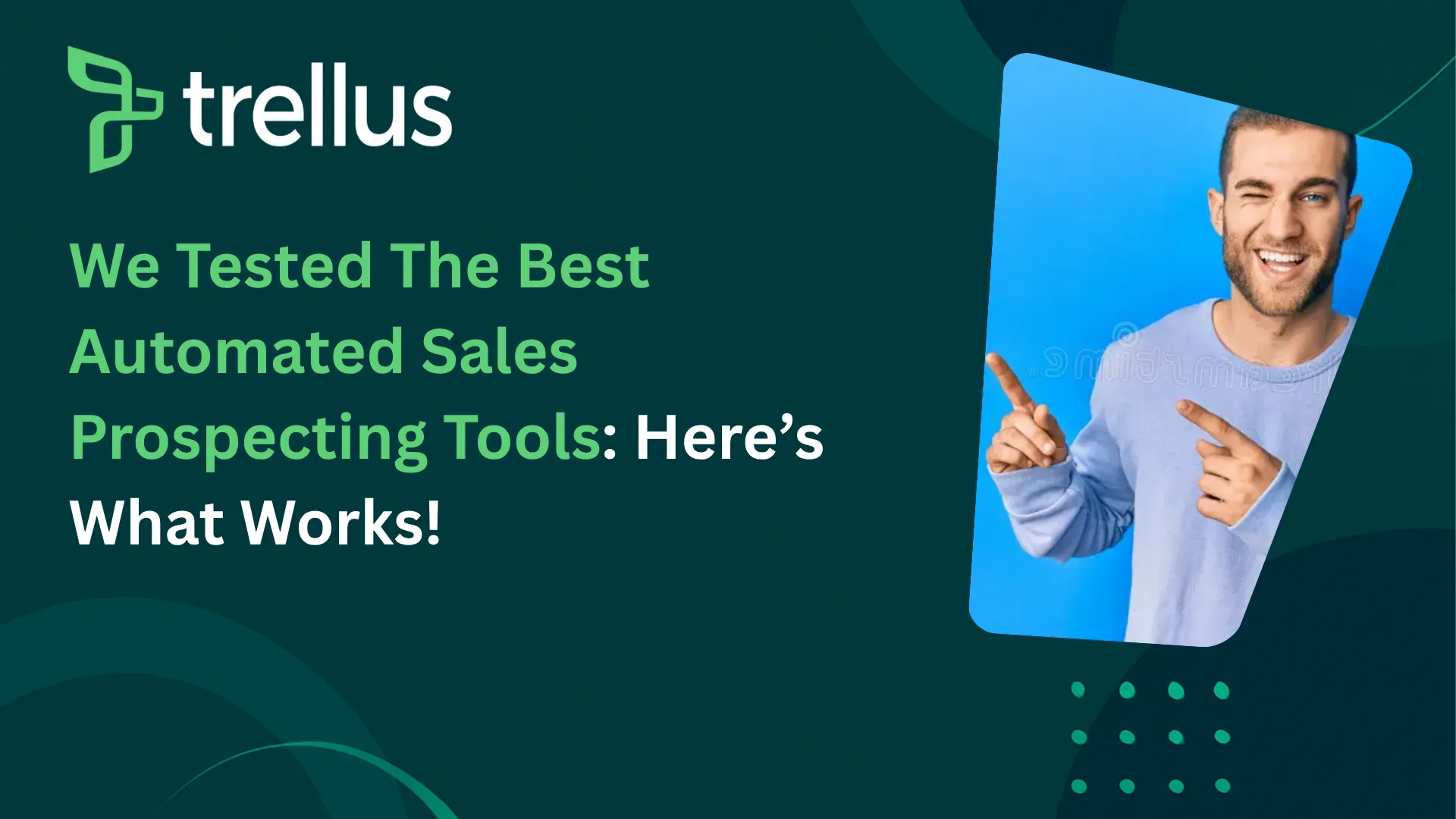
Our Top Picks


Cutting through the noise to reach a qualified buyer has always been a challenge at best. There are
Buyers ignore generic outreach, contact data ages out within weeks, and sales reps spend far too much time on low-value research and admin instead of real conversations.
For revenue teams making purchasing decisions in 2025, the central question is no longer “should we automate?” but “which automated sales prospecting tools give measurable, bottom-of-funnel impact?”
Automated sales prospecting tools are now strategic revenue engines.
They do far more than send more messages; they find the right prospects, enrich records with timely signals, power multi-channel engagement, and surface the moments that matter so reps can focus on high-value conversations.
Modern platforms blend vast contact datasets, intent and technographic signals, and generative AI to enable personalized outreach at scale while protecting deliverability and compliance.
This post presents a buyer-level comparison of the best automated sales prospecting tools in 2025, ranked for teams at the point of purchase.
The evaluation emphasizes features that move the needle on meetings booked and pipeline created: prospecting automation, data quality and enrichment, multi-channel orchestration, CRM prospecting features and integrations, and measurable bottom-line impact.
If your objective is to pick a platform that improves response rates, reduces wasted touches, and plugs into your sales tools stack, the analysis below will help you decide faster and with confidence.
What are automated sales prospecting tools?
Automated sales prospecting tools are software platforms that streamline the identification, qualification, enrichment, and outreach to potential buyers.
These programs replace much of the manual lift; list building, data cleanup, first-touch sequences, deliverability work, and trigger monitoring.
Unlike tools, modern Sales prospecting platforms combine large contact databases, real-time intent and technographic signals, AI-driven personalization, and multi-channel sequencing (email, voice, SMS, social) in a single workflow.
Two market realities make these platforms critical right now. First, AI adoption in sales has accelerated: a majority of commercial sales teams report using AI to free reps for selling and to increase revenue outcomes, and vendors are embedding AI across search, enrichment, and conversation intelligence. Sales teams that leverage AI see materially different outcomes on growth metrics compared with teams that do not.
Second, prospecting has become a data problem as much as a messaging problem. Accurate direct dials, correct titles, account intent signals and CRM fit are what separate a wasted campaign from one that produces qualified meetings. Companies are investing in platforms that both produce high-quality lists and automate the outreach orchestration needed to act when intent spikes are detected.
At the same time, privacy and regulatory constraints — most notably GDPR and regional data rules — require vendors to prove compliant data collection and appropriate do-not-contact handling for international outreach. Choosing a solution that provides compliant, verified data protects both deliverability and legal risk.
In practical terms, automated prospecting tools deliver three core advantages:
- Scale without chaos: they expand reach while preserving personalization through templates, AI-driven snippets, and enrichment.
- Timing and relevance: intent data and real-time signals let teams prioritize accounts that are actively researching.
- Efficiency and coaching: integrated dialers, conversation intelligence, and AI coaching turn more touches into meetings and pipeline.
Those outcomes explain why sales leaders are prioritizing investments in Sales Intelligence Platforms and Outbound Sales Automation in 2025.
How we evaluated the top tools
We reviewed product documentation, vendor sites, recent pricing/public pages, third-party reviews, and analyst guidance to create a decision-focused ranking. The evaluation criteria were chosen specifically for bottom-of-funnel buyers who care about measurable outcomes:
- Prospecting automation capabilities: sequence builders, multi-channel orchestration, automated followups, and dialer quality.
- Data & intelligence: database size, enrichment depth (direct dials, mobile verification), intent and technographic signals, and refresh cadence.
- CRM prospecting features & integrations: native CRM sync, two-way enrichment, and ability to automate CRM tasks from prospecting activity.
- Bottom-of-funnel impact: evidence that the tool increases responses, meetings booked, or pipeline velocity.
- Security, privacy, and compliance: GDPR/CCPA posture and data-handling certifications for international outreach.
- Price vs. scale: starting price, per-user economics, and how costs scale as outreach needs grow.
Where vendor claims were public, those sources are cited in each tool’s profile so you can validate capabilities and pricing directly.
The 10 Best Automated Sales Prospecting Tools for 2025
Below each tool profile you’ll find a short explainer paragraph (so the bullets are framed), a concise list of the top prospecting features, a short note on why it stands out for buyers, and current starting-price guidance or pricing model.
1) Trellus.ai — The All-in-One AI-Powered Prospecting and Coaching Platform
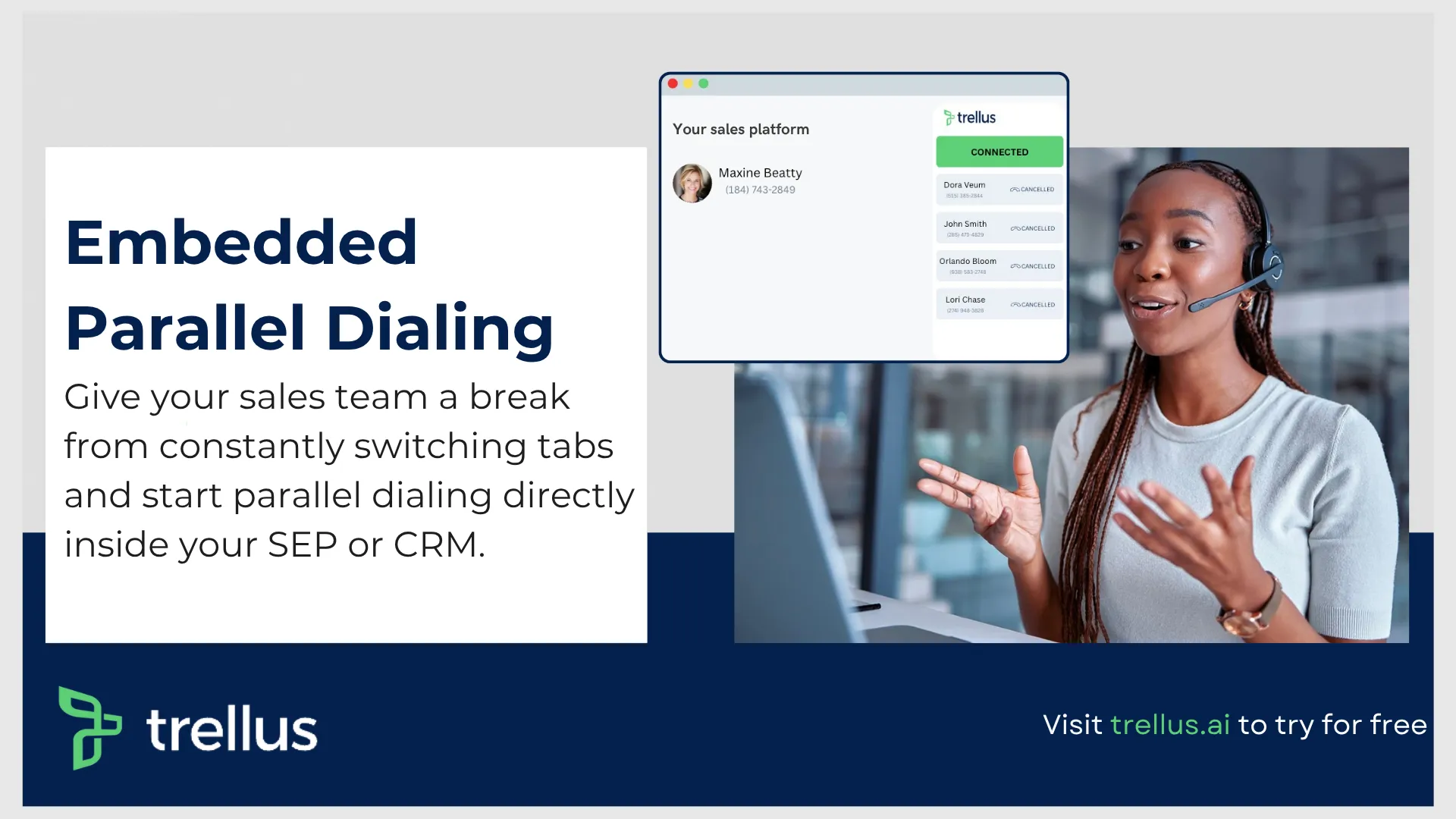
Best for: Outbound sales teams that need live call effectiveness and multi-channel prospecting together.
Trellus positions itself as a combined prospecting and real-time coaching platform.
For teams that run heavy outbound calling and want to convert more of the contacts they reach, Trellus adds AI guidance on live calls on top of standard prospecting automation. In other words, it’s a useful differentiator for SDR managers focused on conversion rates and rep ramp. The vendor also publishes pricing tiers and claims integration with major engagement platforms.
Key prospecting features:
- Parallel dialer (multi-line dialing inside the sales environment) — improves connect rates per rep.
- Real-time AI coaching on calls — prompts for objections, next best action, and live notes.
- AI-generated messaging sequences for multi-step outreach.
- CRM and engagement integrations (Salesloft, Outreach, HubSpot, Apollo).
- Practice voice bots for rep training and skill development.
Why it stands out: Trellus is the only product on this list that formally combines on-call, real-time coaching with prospecting automation and an autodialer — turning live conversations into a measurable lever for pipeline conversion.
Pricing starts at $0 with a free plan for individuals who want to evaluate and use the program. For advanced users, businesses, and outbound sales enterprises, our pricing plans info is available here.
2) Apollo.io
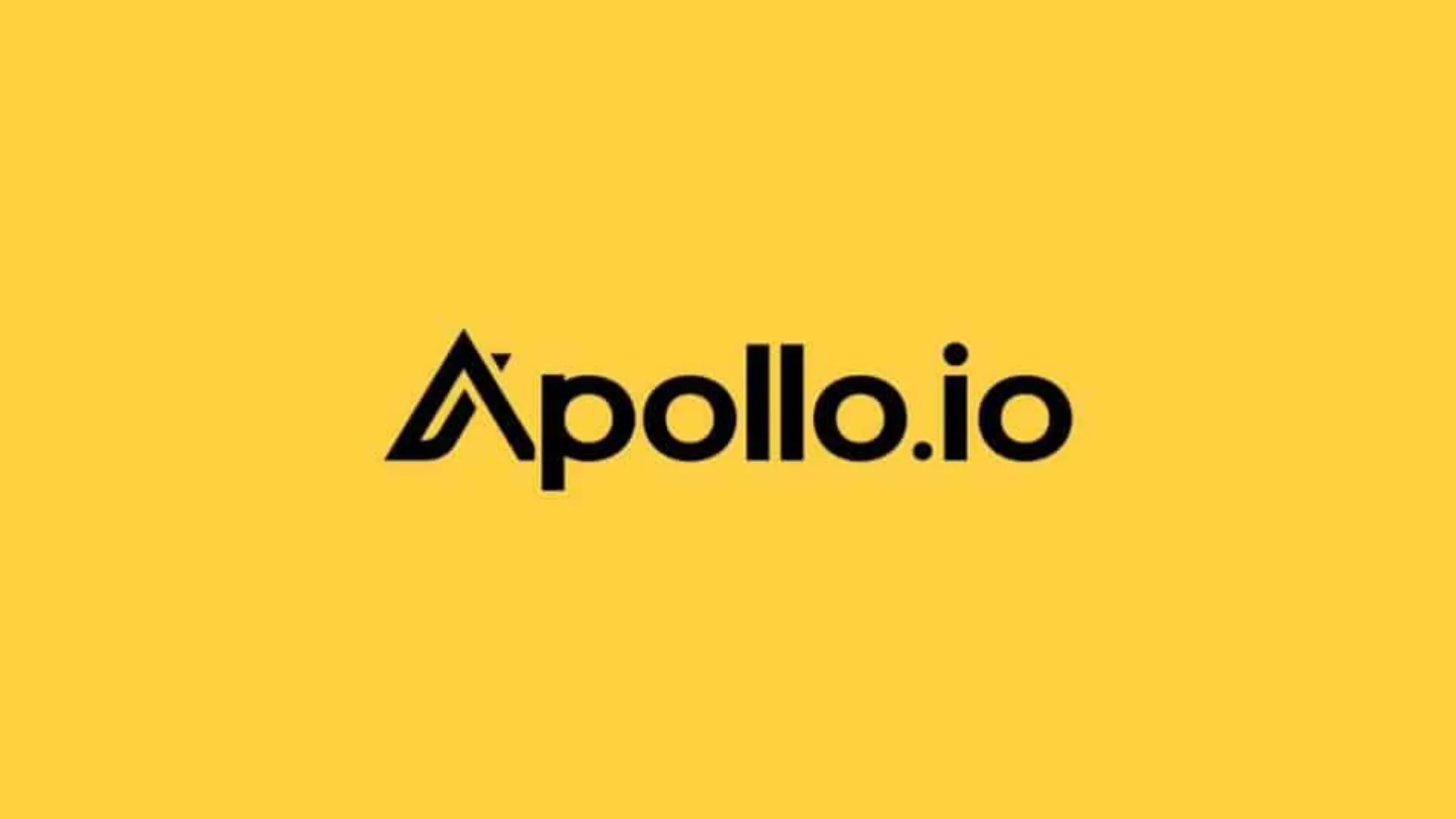
Best for: Growing teams that want a single platform for lead discovery and engagement with an expansive contact database.
Apollo combines a very large contact database with built-in engagement tools and affordable per-user plans. For teams that prefer an integrated approach — search, enrichment, sequences, calling and CRM sync in one place — Apollo’s scale and credit model make it attractive. Apollo advertises a B2B database measured in the hundreds of millions of contacts and multiple pricing tiers, including a freemium option.
Key prospecting features:
- Massive contact database (200M–275M+ contacts) with advanced filters.
- Sequence automation across email and calling with built-in templates.
- AI-assisted prospecting and enrichment.
- CRM sync and native integrations for pipeline flow.
- Built-in call assistant and engagement analytics.
Why it stands out: The platform balances dataset scale and engagement features at a price point attractive to mid-market teams. Apollo’s broad data coverage and integrated engagement tools reduce the number of point products a RevOps team needs.
3) ZoomInfo
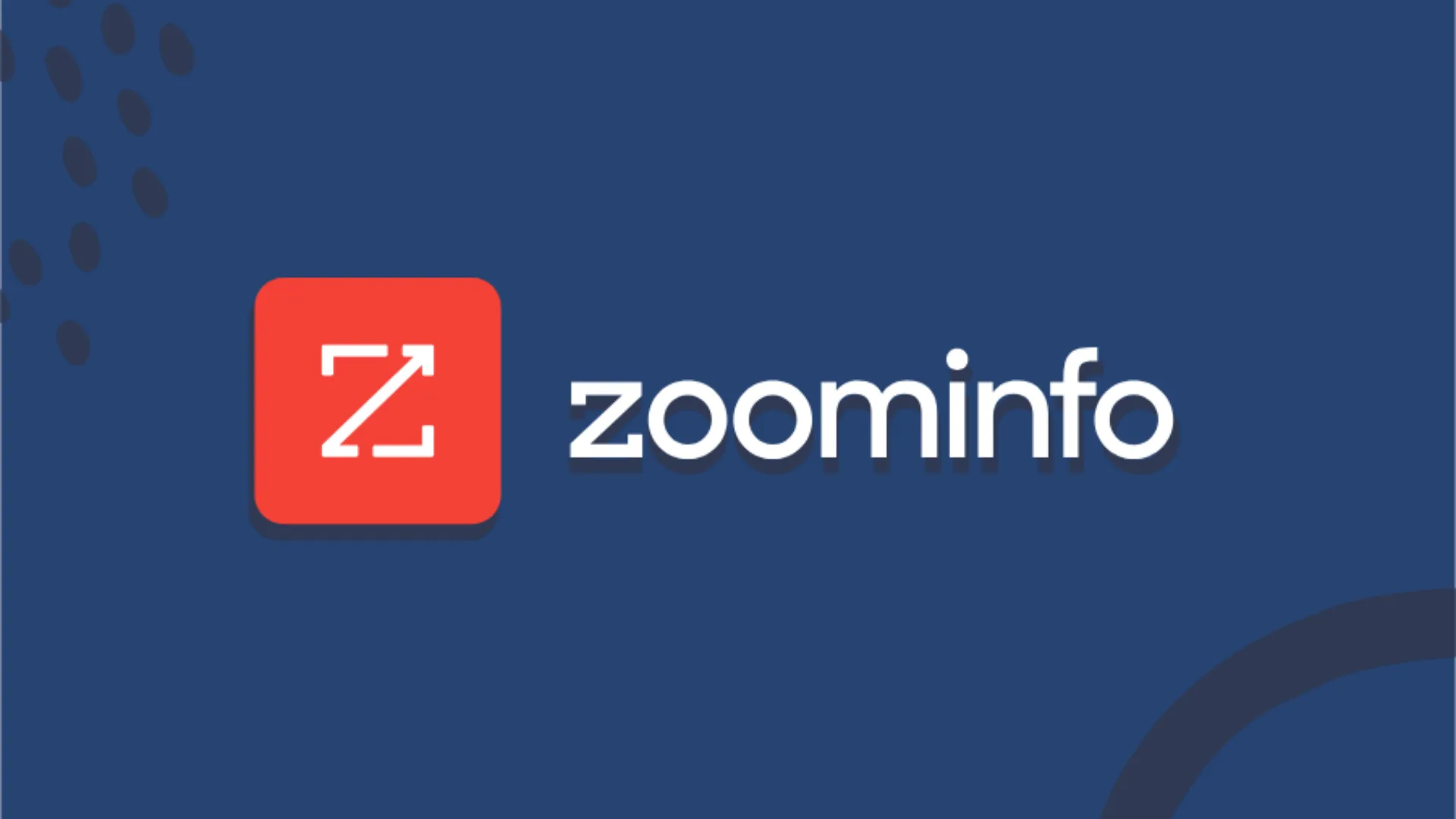
Best for: Enterprises that need deep, validated company and contact data plus intent signals.
ZoomInfo is widely used by large GTM teams that require authoritative data and detailed intent signals.
The product is marketed as a high-coverage B2B database with daily intent feeds and advanced segmentation. Pricing is quote-based and typically positions ZoomInfo at the higher end for teams that need enterprise support, credits and add-ons.
Key prospecting features:
- Extensive contact & company database and firmographic filters.
- Real-time intent data and account triggers.
- Advanced search, scoops, and org charts for account planning.
- Integrations and CRM enrichment to keep records fresh.
- Enterprise analytics and attribution features.
Why it stands out: For teams that prioritize accuracy, enterprise integrations, and intent-based prioritization, ZoomInfo’s depth of signals and enterprise feature set justify its investment — especially when you need scale and governance.
4) Outreach.io

Best for: SDR organizations that run complex, multi-touch outbound programs and need enterprise orchestration.
Outreach focuses on sales engagement workflows, cadence automation, and analytics that help large SDR teams orchestrate multi-channel touch sequences.
The platform emphasizes deep analytics and conversation intelligence to optimize cadences. Outreach generally sells via quote and is structured for mid-to-enterprise deployments.
Key prospecting features:
- Multi-channel sequencing and drip automation.
- AI-driven content optimization and recommended playbooks.
- Conversation intelligence and engagement reporting.
- Robust CRM sync and governance controls.
- Scalable admin and security features for enterprise use.
Why it stands out: Outreach is engineered for scale and process control; it helps SDR leaders standardize outreach across teams and measure what tactics actually move meetings and pipeline.
5) Cognism
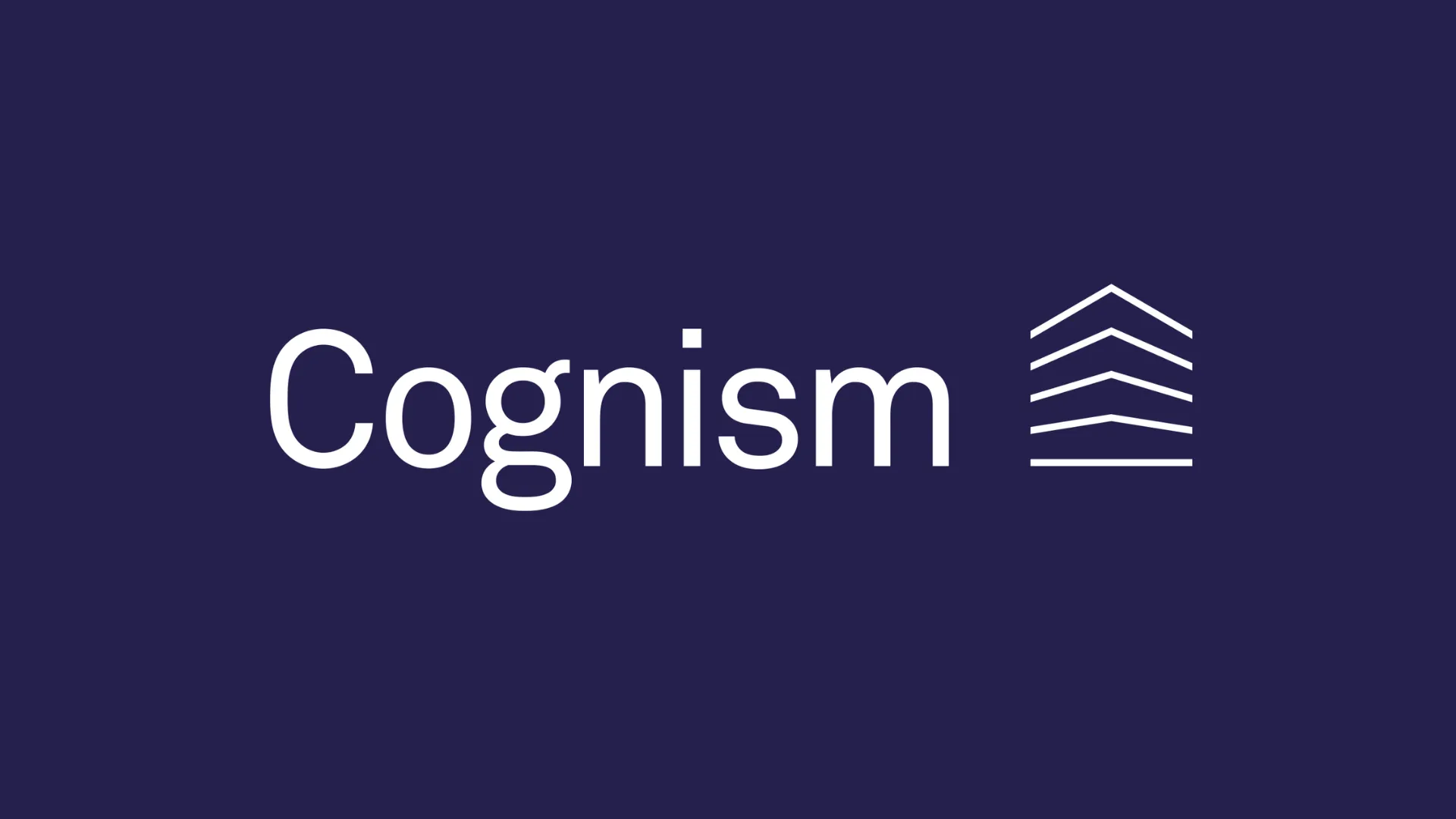
Best for: Teams selling into Europe or those that require stricter compliance and verified mobile numbers.
Cognism markets itself around compliance and phone verification.
For global sellers, especially in the EU. Cognism’s GDPR posture and “Diamond Data” mobile verification are compelling because they reduce DNC risk and improve connect rates on calls where mobile numbers matter. Pricing is quote-based and geared to enterprise buyers.
Key prospecting features:
- GDPR-compliant contact data with phone verification.
- Diamond Data® (phone-verified mobile numbers) to increase connect rates.
- Intent signals and enrichment recorded in the platform.
- Chrome extension for fast prospect lookups and enrichment.
- Compliance support and certifications for cross-border outreach.
Why it stands out: When outreach uses calls and mobile is a primary channel — or when strict compliance is required — Cognism’s verification and compliance tooling reduce legal and operational friction while boosting reachability.
6) LinkedIn Sales Navigator
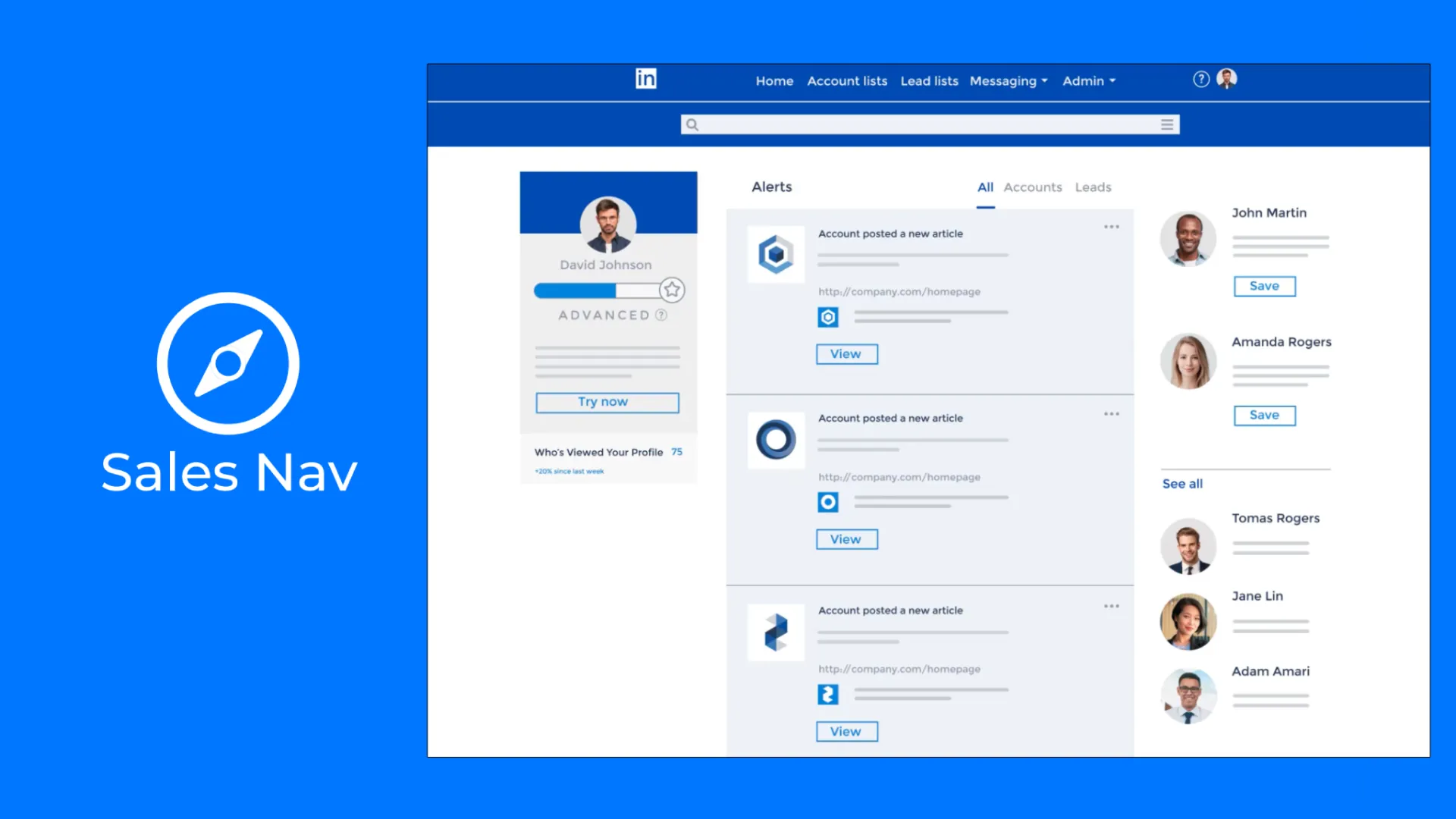
Best for: Reps and AE teams that rely on social selling and account mapping using LinkedIn signals.
Sales Navigator provides the native social layer: up-to-date professional profiles, saved lead recommendations, InMail, and hyper-targeted account/lead filters.
For many B2B sellers, Sales Navigator remains the primary source of professional signals and contact discovery for account executives and enterprise reps. Pricing is per user and varies by plan.
Key prospecting features:
- Advanced LinkedIn search and saved lead lists.
- Lead and account recommendations based on activity.
- InMail and messaging features for outreach.
- Real-time alerts on job changes and company updates.
- Integrations that surface LinkedIn data inside CRMs.
Why it stands out: No other platform matches LinkedIn for active professional signals and relationship context; Sales Navigator is indispensable for social sellers and enterprise account mapping.
7) Clay.com
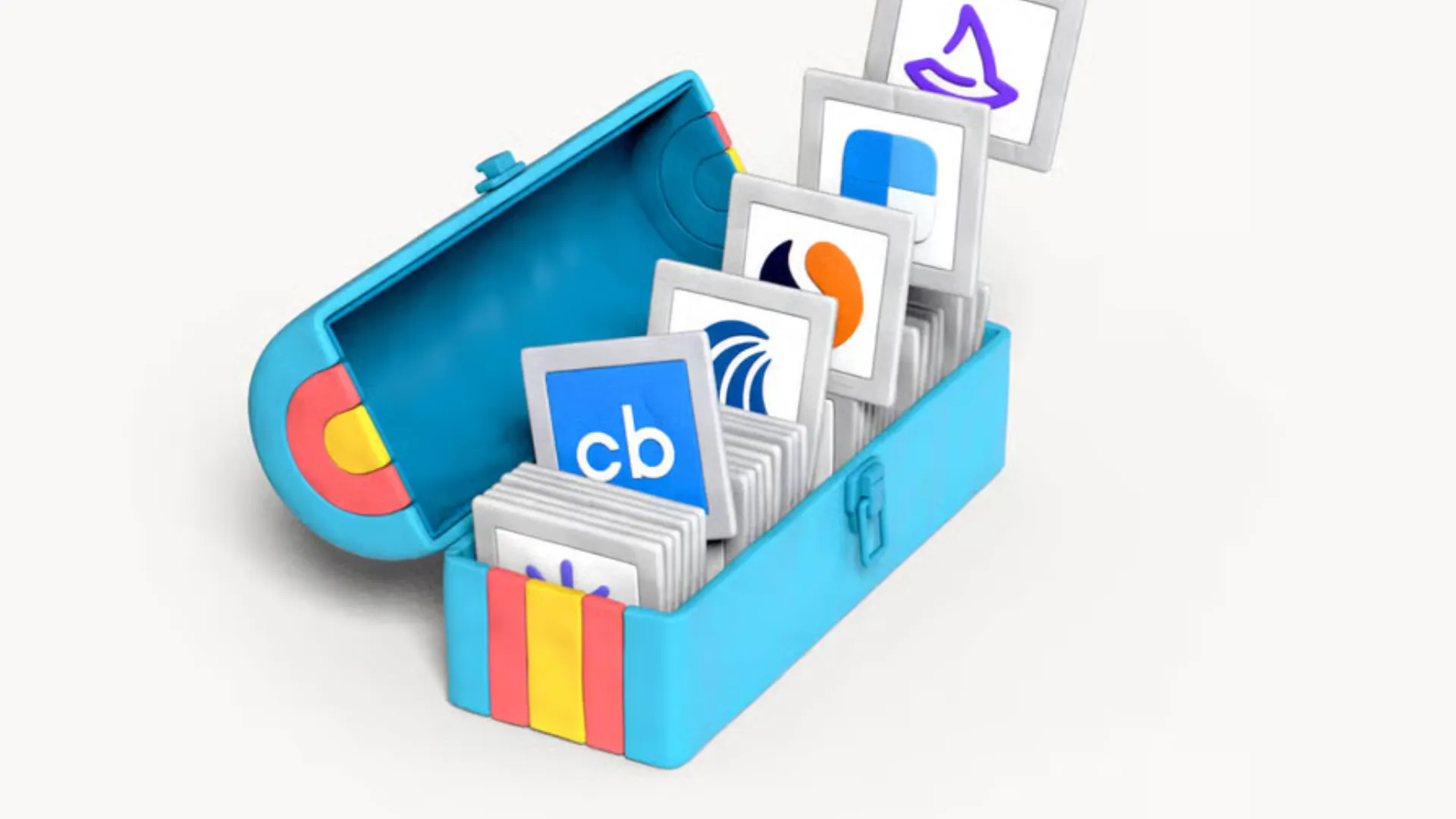
Best for: Teams that want research-grade enrichment for highly personalized outreach.
Clay aggregates dozens of data sources, then layers AI to produce enriched profiles and outreach personalization at scale. If your playbook depends on research-led, one-to-one messaging rather than mass sequences, Clay automates the background research that used to take hours per account. Pricing is credits/usage based with plans that scale for teams. clay.com
Key prospecting features:
- AI-powered prospect research and compilation from 50+ sources.
- Automated personalization snippets and enrichment for messaging.
- Integrations for pushing enriched records into CRMs or outreach tools.
- Usage-based pricing suitable for high-precision programs.
Why it stands out: Clay reduces research overhead and supports hyper-personalization at scale — ideal for teams where one thoughtful outreach beats ten generic touches.
8) Reply.io
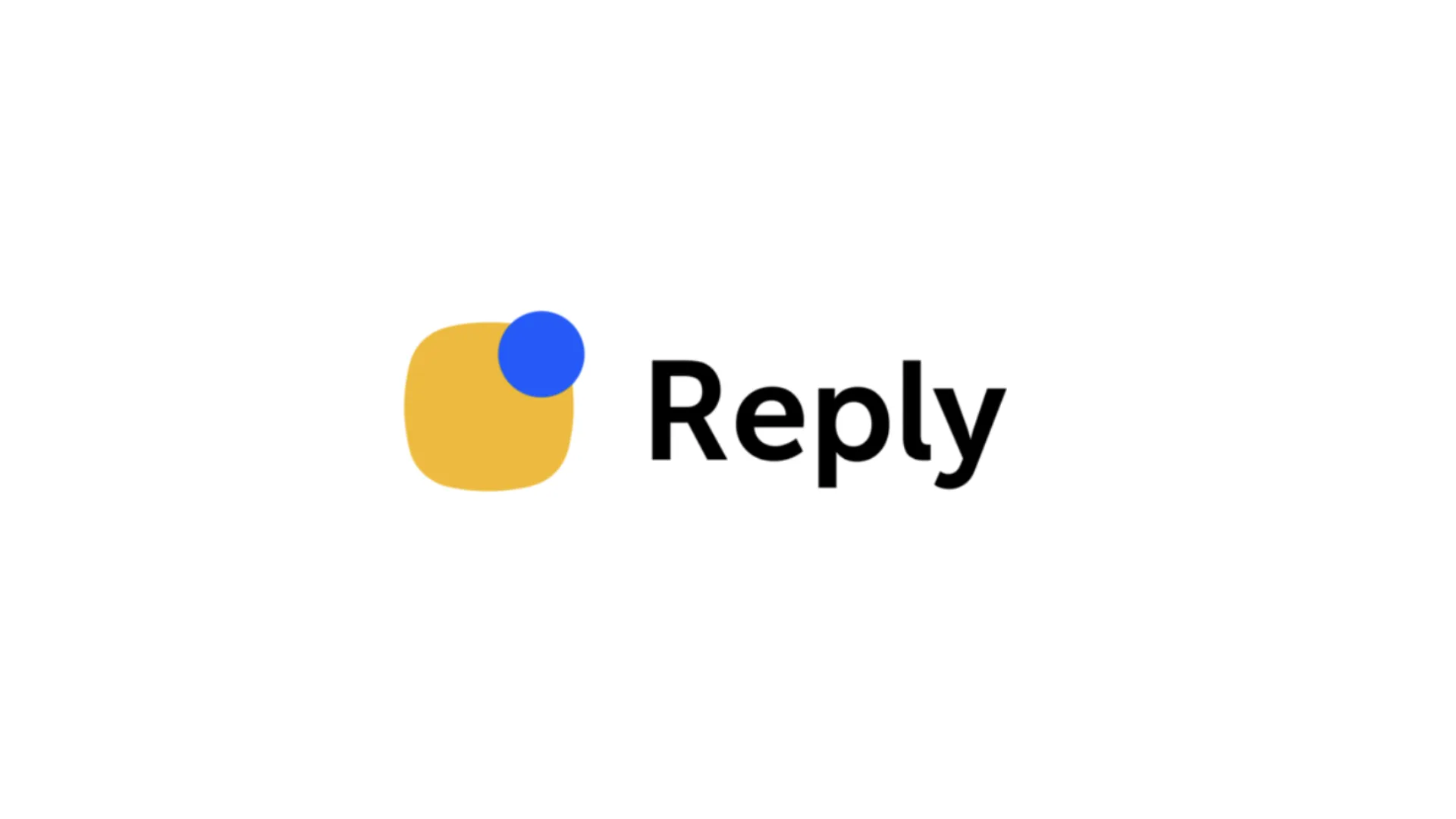
Best for: Outbound teams focused on email + social + calling sequences with AI content assistance.
Reply provides multichannel sequence automation, AI-assisted email generation, and A/B testing features. For teams that need flexible, mailbox-led outreach with analytics and cadence control, Reply is a practical mid-market choice with clear plan options.
Key prospecting features:
- Multi-channel sequence builder (email, LinkedIn, calls).
- AI-powered email content generation and personalization.
- Deliverability tools and mailbox warmup.
- Analytics and A/B testing for sequence optimization.
Why it stands out: Reply’s multi-channel orchestration and AI content features let smaller SDR teams run sophisticated outreach without heavy tech ops.
9) Instantly.ai

Best for: High-volume email outreach teams and agencies that need flat-fee scaling.
Instantly focuses on cost-efficient cold email scaling with a model that supports unlimited sending accounts, automated warmup, and deliverability tooling. For agencies or teams that send massive volumes of cold email, the pricing model avoids per-seat stacking and simplifies scaling.
Key prospecting features:
- Unlimited email accounts and warmup per plan.
- Automated sending rotation and deliverability testing.
- Campaign automation, templating, and reporting.
- Flat-fee pricing that simplifies agency scaling.
Why it stands out: If your GTM depends on volume email with tight deliverability control, Instantly’s pricing and automation make it cost-effective compared with per-seat models.
10) Salesloft
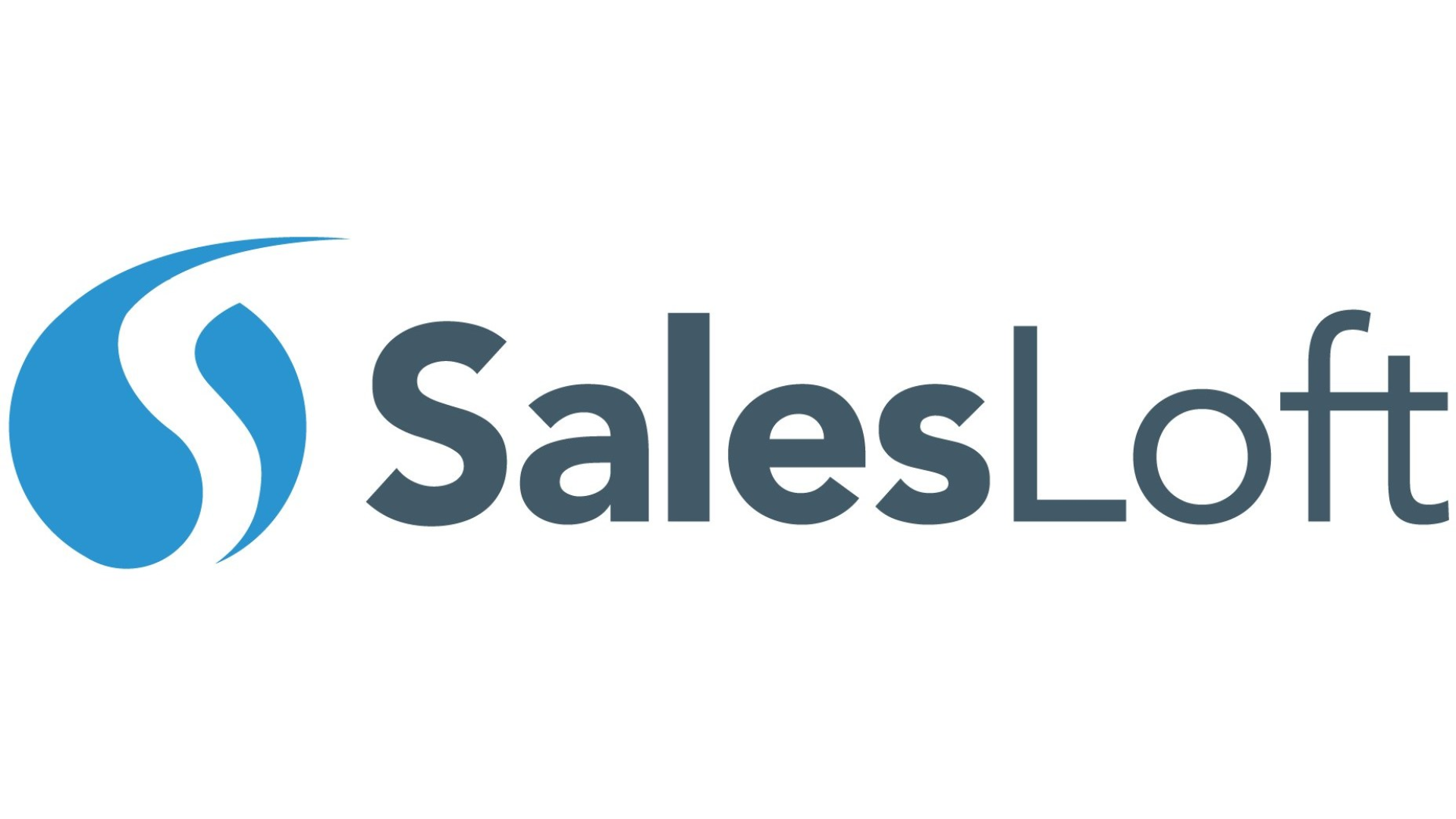
Best for: Enterprise sellers that want cadence automation plus deep conversation intelligence and revenue orchestration.
Salesloft is a mature sales engagement platform with strong conversation intelligence, cadences, and CRM prospecting features.
This program is used by organizations that need consistent playbooks and data to coach reps and measure what outreach actually produces. Pricing is quote-based; Salesloft emphasizes integrated conversations, AI workflows, and revenue orchestration features.
Key prospecting features:
- Cadence automation and multi-channel engagement orchestration.
- Conversation intelligence with call capture and analytics.
- CRM prospecting features and two-way sync.
- Revenue orchestration features to align prospecting with pipeline goals.
Why it stands out: Salesloft blends operational cadence control with conversation analytics, making it a strong fit for enterprise teams that want both process governance and coaching at scale.
How to choose the right automated prospecting partner
Selecting the right vendor comes down to four practical questions that tie directly to ROI:
- What is your dominant channel?
- If voice and live conversation matter most, choose a platform with a mature dialer and conversation intelligence (Trellus, Salesloft). If email volume is the model, Instantly or Reply are cost-efficient choices.
- How important is data accuracy and regional compliance?
- For EU-focused outreach or when mobile numbers are essential, prioritize GDPR-compliant data with phone verification (Cognism). For broad, lower-cost discovery with integrated engagement, Apollo balances scale and coverage.
- Do you want consolidation or best-of-breed?
- Consolidation reduces integration overhead (Apollo, ZoomInfo, Outreach). Best-of-breed lets you stitch specialist tools together (e.g., Clay for enrichment + Outreach for cadence).
- How will you measure success?
- Pick platforms that expose the metrics you care about (meetings booked, pipeline created, connect rates, bounce/delivery rates). Platforms with conversation intelligence also allow coaching loops that improve win rates over time.
Practical buying steps: run a 30-day pilot focused on a single ICP segment, measure meetings booked per rep, track deliverability and CRM hygiene, and compare the incremental pipeline against total cost of ownership (licenses + credits + success fees).



